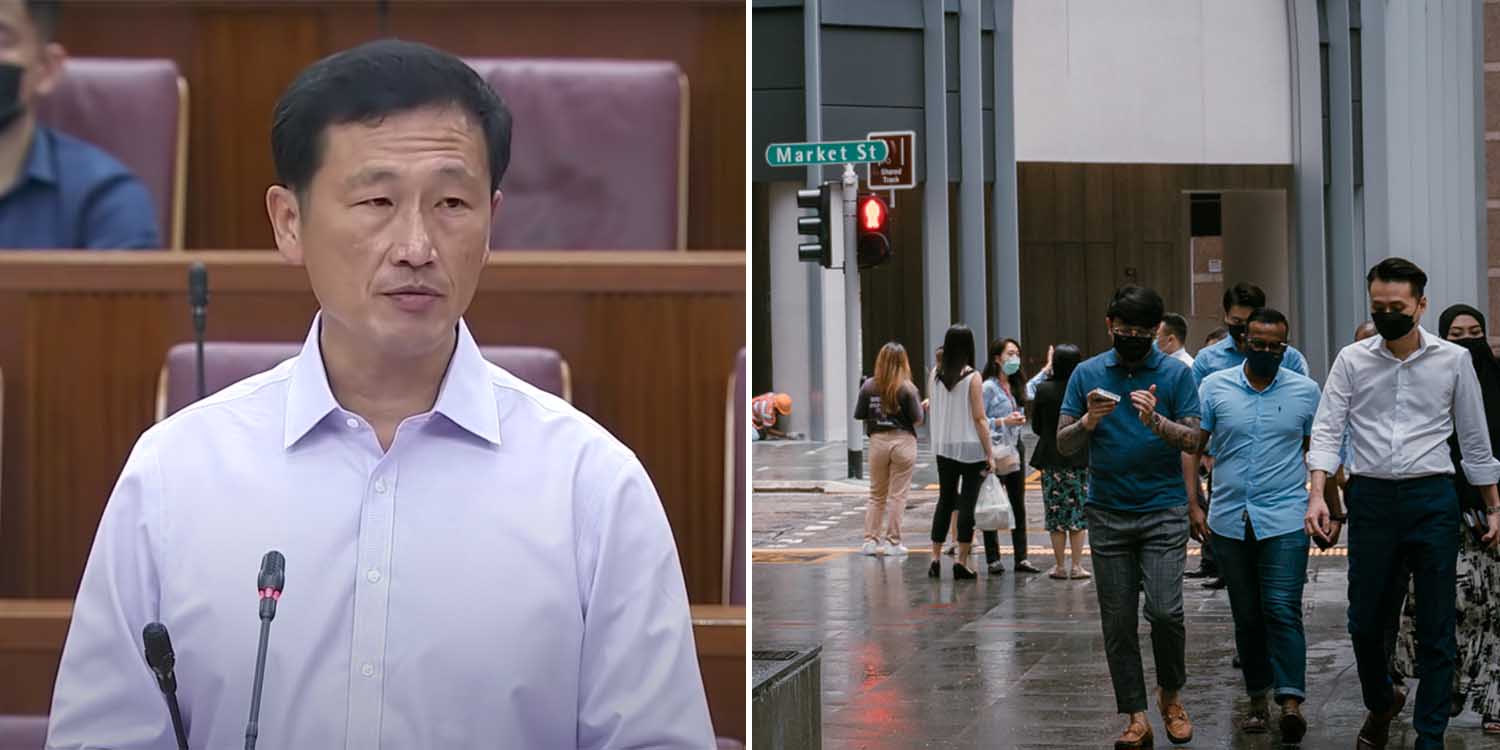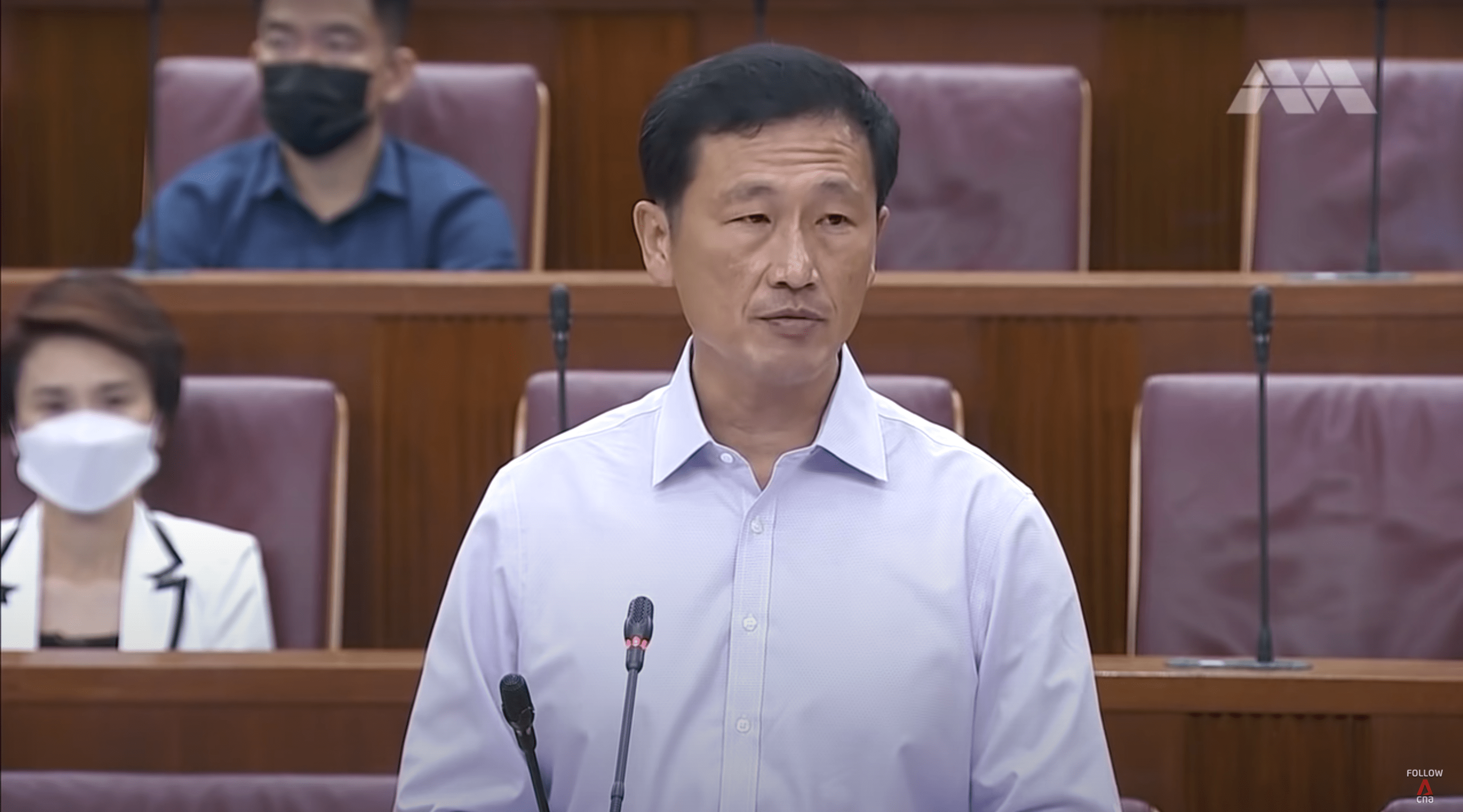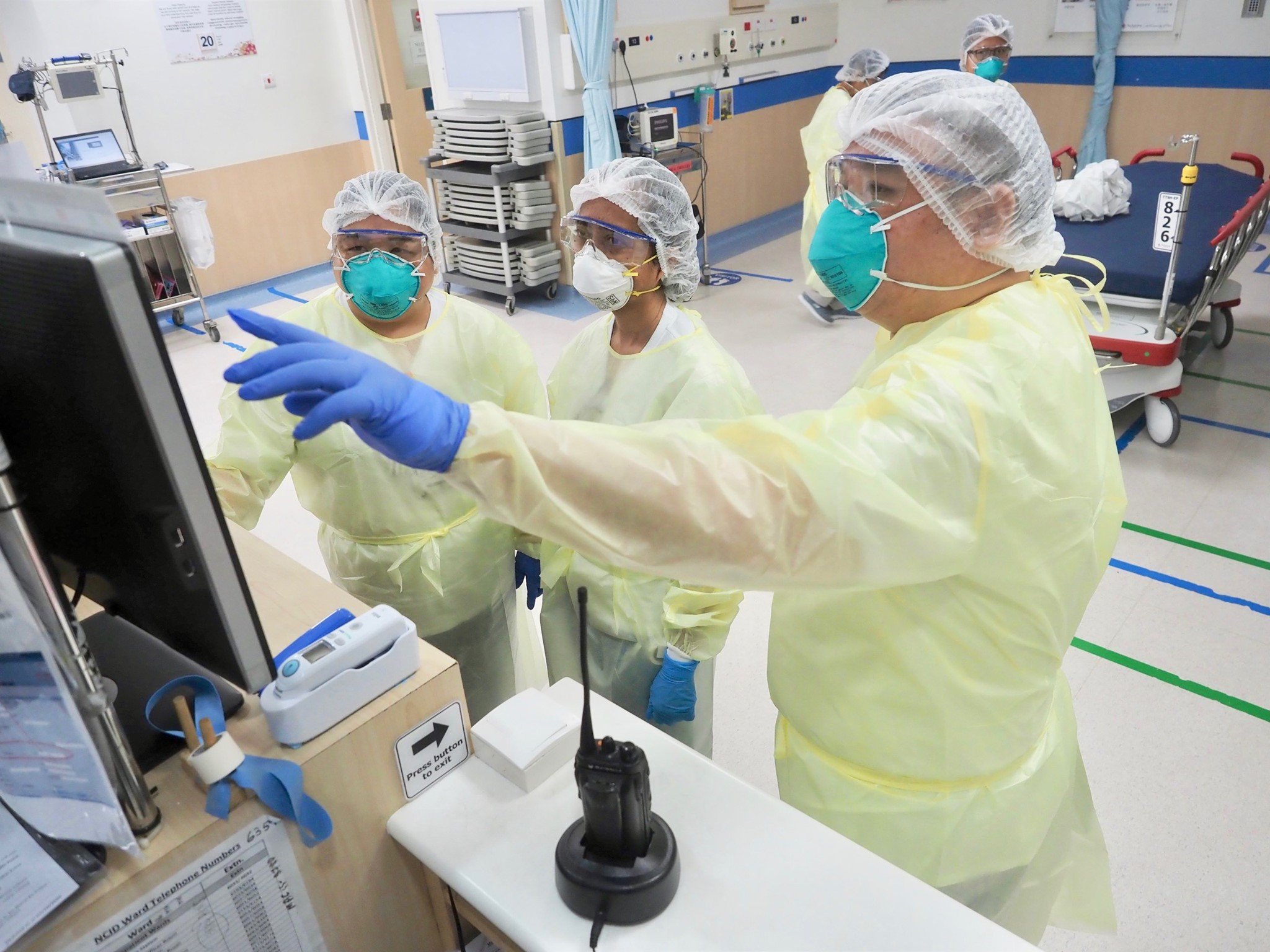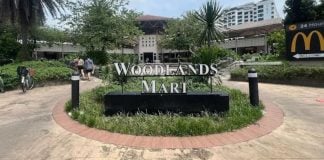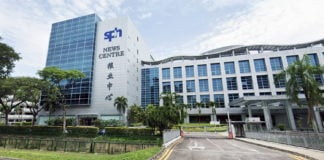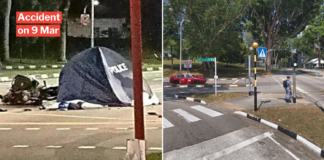Key Indicators Will Be Monitored To See If Singapore Can Ease Restrictions After Omicron Subsides
Singaporeans may have grown accustomed to the prevailing Covid-19 restrictions, but many also look forward to the day restrictions will be eased.
On Monday (14 Feb), Health Minister Ong Ye Kung said once the Omicron surge peaks and begins to subside, we can look forward to easing our safe management measures.
But when and how this would happen is dependent upon the epidemic situation.
As of now, authorities are monitoring key indicators, such as case mortality and severity, to ensure our healthcare system can cope.
Covid-19 restrictions can ease when Omicron subsides
On Monday (14 Feb), Health Minister Ong Ye Kung shared that Singaporeans can look forward to further easing of Covid-19 restrictions.
In his written reply to a parliamentary question by Mountbatten MP Lim Biow Chuan, he said that Singapore would continue to monitor key indicators closely for now.
This ensures that our healthcare system can cope with the Omicron transmissions.
Responding to further questions posed by MPs Gerald Giam and Christopher de Souza, Minister Ong added that whether restrictions are eased and when they can be lifted depends on the epidemic situation.
Aspects such as daily infection numbers will be monitored. Currently, Singapore is experiencing about 10,000 cases daily.
But more importantly, Minister Ong said they have to consider the impact of easing restrictions on disease severity and healthcare capacity.
Omicron wave less severe than Delta wave
As of now, the Omicron variant has had a more moderate impact on Singapore than the Delta variant.
He explained that this could be due to Omicron being a less severe variant that infects the upper respiratory airways.
Another reason could be that more Singaporeans are now vaccinated and have received their booster shots.
According to Channel NewsAsia (CNA), Minister Ong said vaccines make a huge difference.
Singapore still sees a significant difference in the incidence of severe illness between those vaccinated and boosted compared to those not fully inoculated, especially amongst seniors.
Because of the aforementioned reasons, despite our high caseload, most cases have mild or no symptoms. Very few patients develop severe illness, require oxygen supplementation, ICU care, or pass away.
Key indicators include mortality & ICU rates
Minister Ong said the current case mortality of the Omicron variant is not that different from the number of deaths related to various viral infections pre-Covid.
Nonetheless, authorities are watching the trend “very closely”. Currently, only about 0.05% of Covid-19 cases are in ICUs.
The duration of ICU stays is also shorter. Most patients would stay only about 3 to 5 days.
Minister Ong continued that Singapore now has 113 ICU beds. This number can be ramped up to 350 on “short notice”. Should there be a need, up to 500 ICU beds can be made available.
Singapore’s ICU wards are in good shape now and are not coming under pressure.
Cases requiring oxygen & hospitalisation
As for oxygen supplementation, Minister Ong said only about 0.3% of Omicron cases have ever required it. For now, about 130 patients need such supplementation.
Although these numbers are expected to rise with cases, hospitals are well-equipped.
The last factor to be monitored is hospitalisation. Of the 1,200 cases currently hospitalised, 30% are only found to have Covid-19 after they are admitted.
He said these patients usually have no or mild symptoms and do not take up additional beds.
Most Omicron patients also only stay for about 3 to 4 days, so beds are freed up faster.
Availability of hospital beds is Singapore’s biggest constraint now, said Minister Ong.
But it helps that Omicron patients have less severe symptoms, widening the scope for them to be placed in Covid-19 treatment facilities (CTFs) instead.
Only about a quarter of the 3,800 CTF beds are occupied. Authorities have plans to increase the number of available beds to 4,600 by the end of February.
Singapore will continue to support healthcare workers
The indicators show that Singapore’s healthcare system is coping well with the Omicron wave.
However, Minister Ong notes that we need to consider the state of healthcare manpower who have been battling the pandemic for over 2 years.
Having persevered through the Delta wave and now the Omicron wave, he conveys his appreciation for their hard work, acknowledging that frontliners are still “very busy and stretched”, but on a less intense level than the Delta wave.
Minister Ong shared that, unlike other countries, where healthcare workers resigned in large numbers, Singapore’s public acute hospitals’ average attrition rates remain healthy.
At 3% to 5% for doctors and 8% for nurses, they are comparable to pre-Covid times. Absenteeism rate due to Covid-19 has also been manageable at about 2%.
Minister Ong says they do not take this for granted and will continue to support healthcare professionals. They are also actively recruiting new healthcare workers.
Careful planning for the journey ahead
There are a lot of factors to be considered before Singapore can ease our current restrictions.
We are glad authorities are on top of things and carefully deliberating the long-term plans for our country.
Hopefully, we will see most restrictions be eased and eventually lifted safely for all in due time.
Have news you must share? Get in touch with us via email at news@mustsharenews.com.
Featured image adapted from CNA on YouTube and by MS News.
